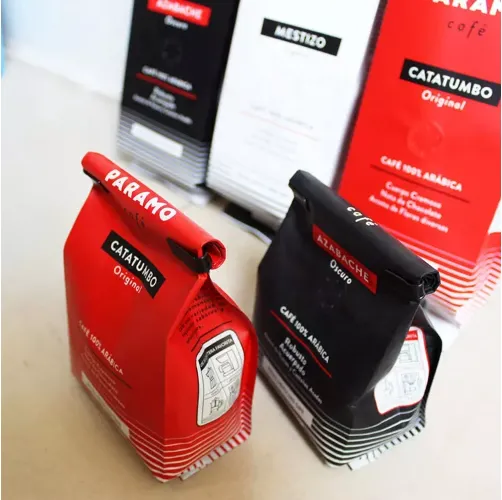- Afrikaans
- Albanian
- Amharic
- Arabic
- Armenian
- Azerbaijani
- Basque
- Belarusian
- Bengali
- Bosnian
- Bulgarian
- Catalan
- Cebuano
- chinese_simplified
- chinese_traditional
- Corsican
- Croatian
- Czech
- Danish
- Dutch
- English
- Esperanto
- Estonian
- Finnish
- French
- Frisian
- Galician
- Georgian
- German
- Greek
- Gujarati
- haitian_creole
- hausa
- hawaiian
- Hebrew
- Hindi
- Miao
- Hungarian
- Icelandic
- igbo
- Indonesian
- irish
- Italian
- Japanese
- Javanese
- Kannada
- kazakh
- Khmer
- Rwandese
- Korean
- Kurdish
- Kyrgyz
- Lao
- Latin
- Latvian
- Lithuanian
- Luxembourgish
- Macedonian
- Malgashi
- Malay
- Malayalam
- Maltese
- Maori
- Marathi
- Mongolian
- Myanmar
- Nepali
- Norwegian
- Norwegian
- Occitan
- Pashto
- Persian
- Polish
- Portuguese
- Punjabi
- Romanian
- Russian
- Samoan
- scottish-gaelic
- Serbian
- Sesotho
- Shona
- Sindhi
- Sinhala
- Slovak
- Slovenian
- Somali
- Spanish
- Sundanese
- Swahili
- Swedish
- Tagalog
- Tajik
- Tamil
- Tatar
- Telugu
- Thai
- Turkish
- Turkmen
- Ukrainian
- Urdu
- Uighur
- Uzbek
- Vietnamese
- Welsh
- Bantu
- Yiddish
- Yoruba
- Zulu
Innovative Solutions for Aerospace Packaging Challenges and Requirements
Aerospace Packaging Solutions Ensuring Safety and Efficiency in Flight
In the highly regulated and precision-oriented aerospace industry, packaging solutions play a critical role in the safety, efficiency, and reliability of aircraft operations. From components and spare parts to sensitive electronics and entire aircraft, the need for specialized packaging cannot be overstated. Aerospace packaging solutions are designed to provide the necessary protection against the rigors of transportation, storage, and handling, ensuring that products reach their destination in optimal condition.
Understanding Aerospace Packaging Requirements
Aerospace packaging must comply with strict industry regulations and standards, including the International Organization for Standardization (ISO) and the Aerospace Standard (AS) guidelines. This includes ensuring that materials and processes meet the stringent requirements for durability, sustainability, and environmental impact. The packaging must be capable of withstanding extreme conditions, including variations in temperature, humidity, and pressure, all of which can occur during transport or in storage.
Types of Aerospace Packaging Solutions
1. Protective Cases and Crates Custom-designed protective cases and crates are essential for transporting larger or more delicate aerospace components. These cases are often constructed from materials like aluminum or high-density polyethylene, providing superior protection against physical impact. They often include foam inserts or custom fittings to secure the items inside, preventing movement that could lead to damage.
2. Anti-Static Packaging Sensitive electronic components, such as avionics equipment, require anti-static packaging to prevent electrostatic discharge (ESD) that can cause irreparable damage. ESD-safe materials, such as conductive bags, foam, or wraps, are used to mitigate the risks associated with static electricity.
aerospace packaging solutions

3. Thermal Packaging Components that are sensitive to temperature fluctuations may require insulated thermal packaging solutions. These packages often incorporate insulation and temperature control technologies to maintain a consistent internal environment, protecting sensitive materials from extreme temperatures during transport.
4. Resin and Composite Shipping Solutions With the increasing use of composite materials in aircraft construction, specialty packaging solutions are necessary to accommodate these materials. Composite shipping containers are designed to ensure the integrity of the composite components, preventing deformation or damage during transit.
5. Flight-Safe Transport Containers For items that need to be transported by air, flight-safe containers are specially designed to withstand the challenges faced during air travel. This includes considerations for load factors, vibration, and even altitude pressure changes, ensuring that contents remain safe and secure throughout the journey.
Sustainable Packaging Innovations
In recent years, sustainability has become a crucial consideration in aerospace packaging solutions. Manufacturers are increasingly seeking eco-friendly alternatives to traditional packaging materials. Innovations include using biodegradable or recyclable materials and designing packages that minimize waste. This commitment to sustainability not only benefits the environment but also aligns with the aerospace industry's goals of reducing its carbon footprint.
Conclusion
Aerospace packaging solutions are an integral part of the aviation industry, ensuring that vital components and systems are delivered safely and efficiently. By employing advanced materials and technologies that meet industry standards, these packaging solutions help mitigate risks associated with transport and storage. As the aerospace sector continues to evolve, the demand for innovative, reliable, and sustainable packaging solutions will only grow, driving the industry forward in its mission to enhance safety and efficiency in flight. In this way, aerospace packaging goes beyond mere containment; it serves as a crucial element in the complex supply chain that supports aircraft operations worldwide.













